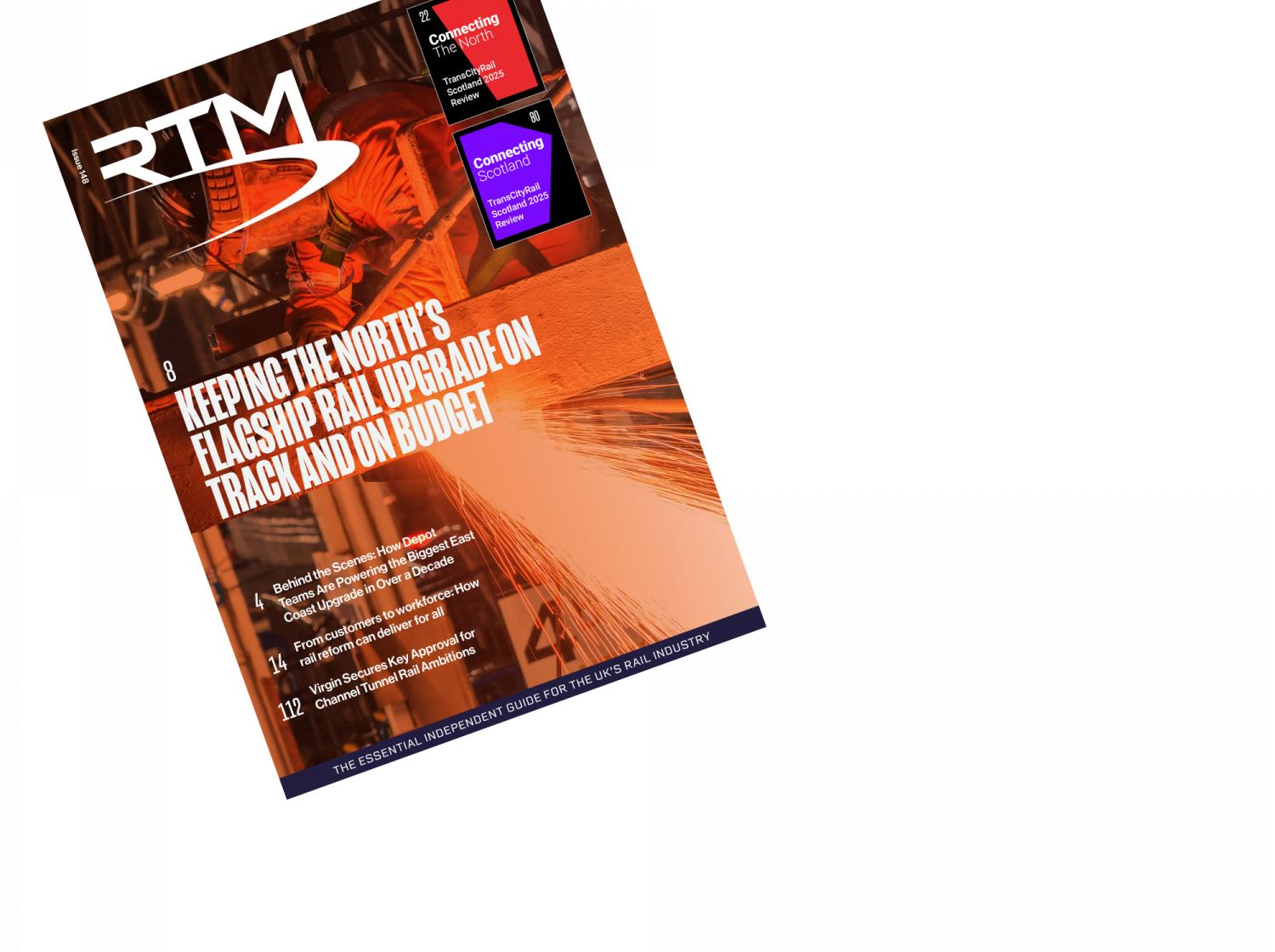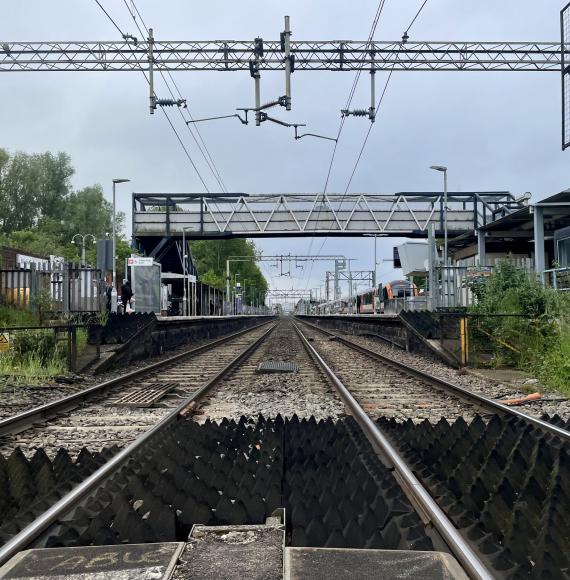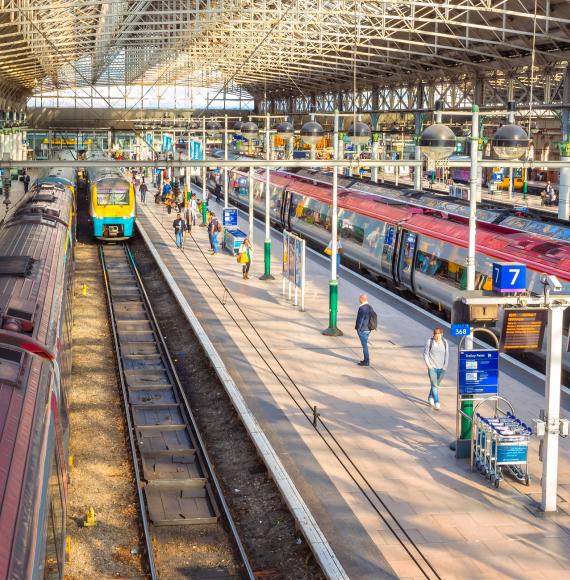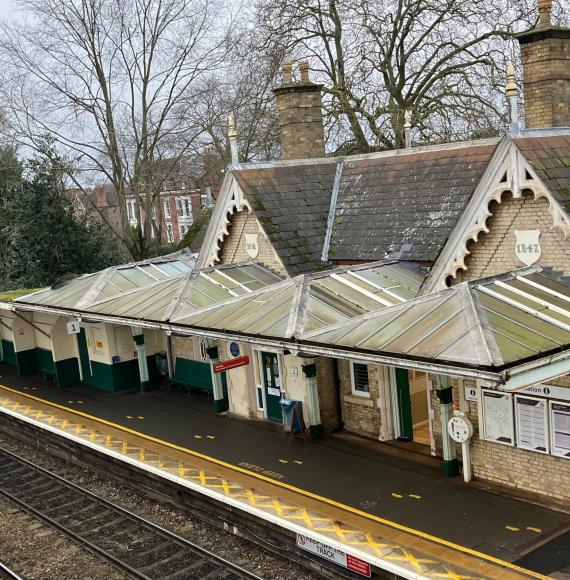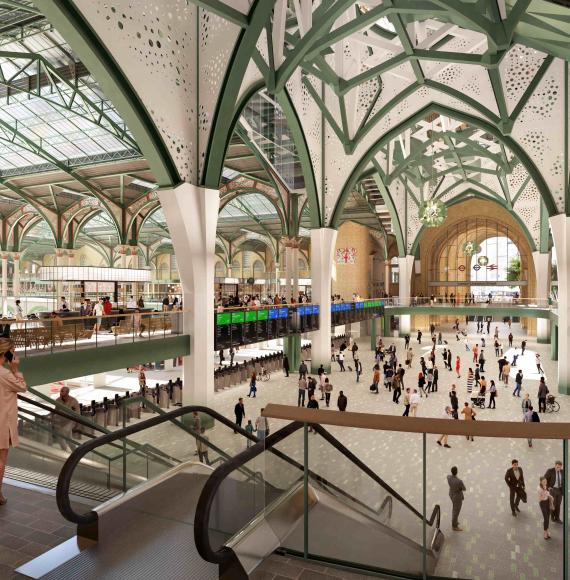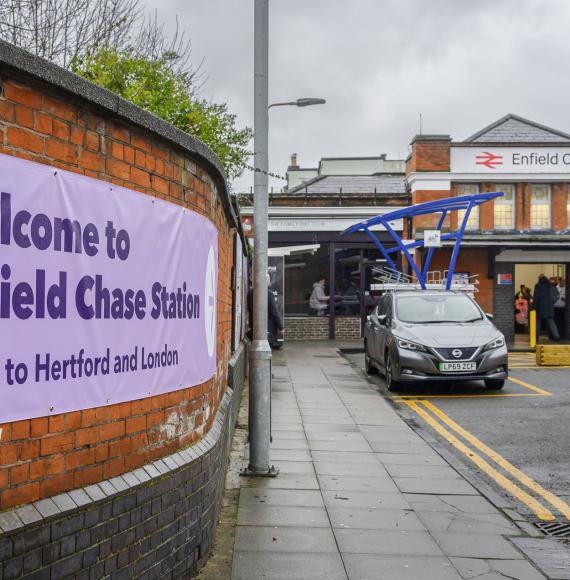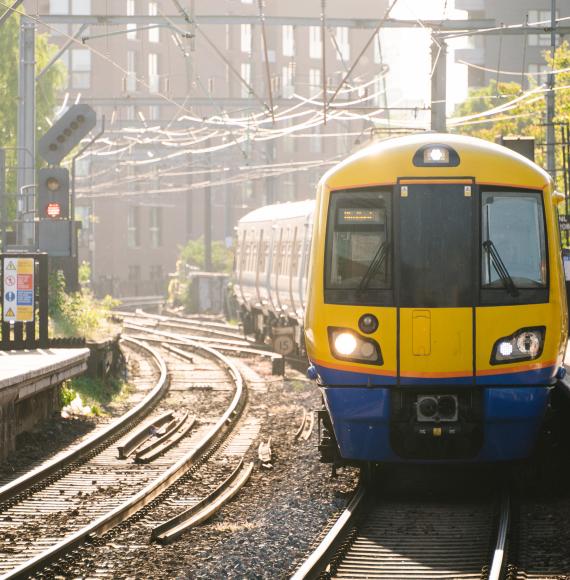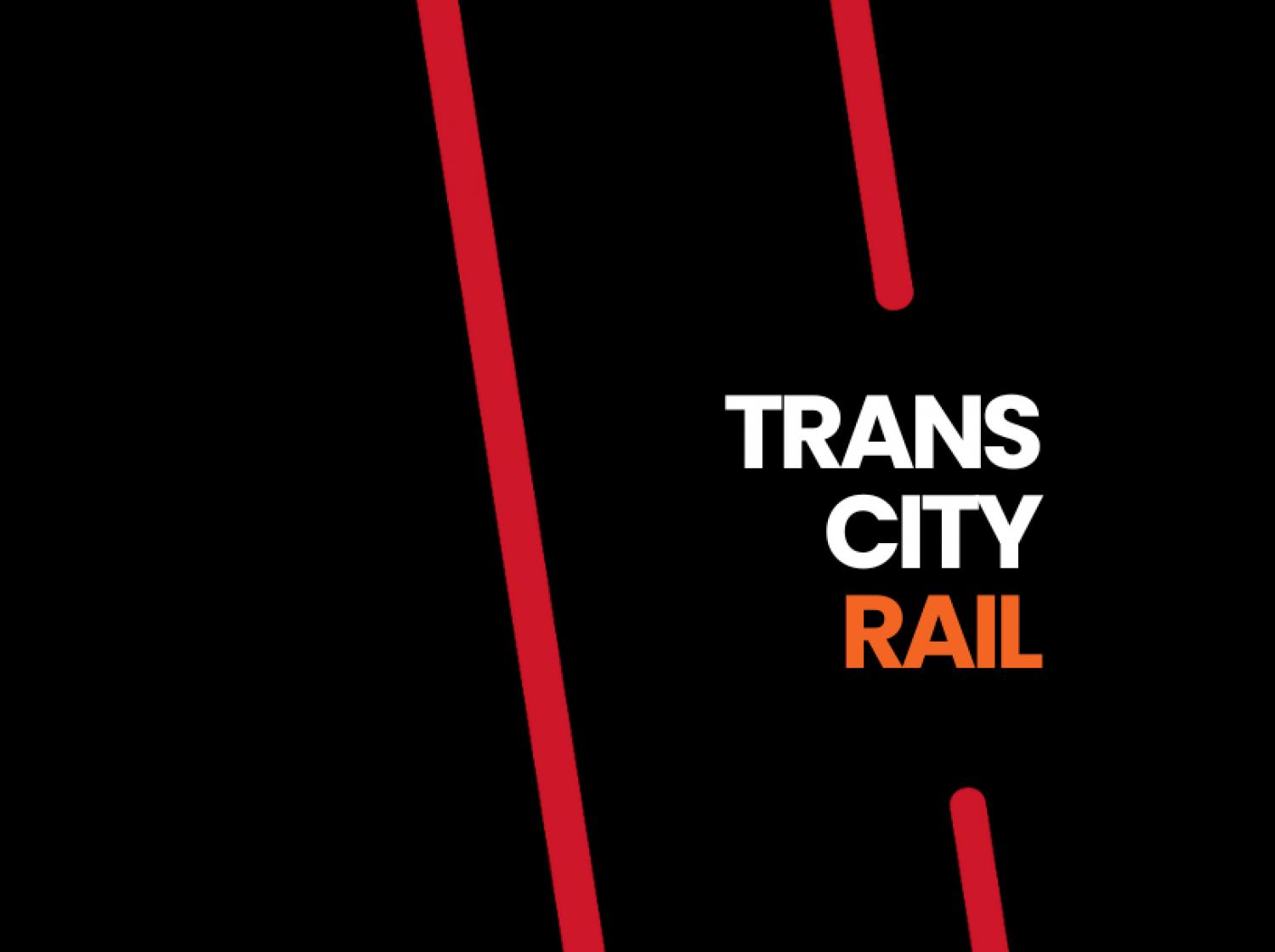The University of Huddersfield is playing a key role in transforming rail journeys across the North of England, thanks to the expertise of its Institute of Railway Research (IRR).
The IRR has been selected to join forces with the Transpennine Route Upgrade (TRU) programme, a multi-billion-pound railway investment that will connect towns and cities across the North through more frequent, faster trains, running on a cleaner, greener and more reliable railway.
The IRR is renowned for its expertise in pantograph-catenary interaction, which is the dynamic interaction between the pantograph on the roof of a train and the overhead catenary wires that supply it with electricity. This is a critical area of railway engineering, as pantograph-catenary interactions can cause problems such as arcing, sparking and wear and tear, which can lead to delays and disruptions for passengers.
The IRR's team of experts is using their knowledge and expertise to support the TRU programme in a number of ways. One of the first projects they have worked on is Project E1, which is electrifying the route between Church Fenton and Colton Junction in Yorkshire. This will increase the permissible line speed to 125mph, delivering journey time benefits between York and Leeds.
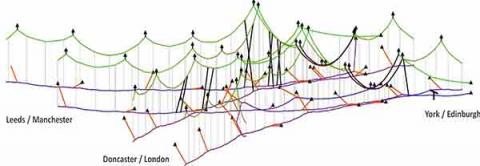
Colton Junction Pantograph model
One of the challenges facing the Project E1 team was upgrading the existing overhead wiring at Colton Junction. The IRR's expertise in pantograph-catenary interaction was essential in designing a new wiring system that would be able to cope with the increased train speeds and traffic volumes.
The IRR team used their in-house developed simulation software, PantoCat, to analyse the performance of different wiring designs under realistic operating conditions. This software allowed them to identify the best possible design for Colton Junction, avoiding some very expensive alternatives.
In addition to supporting Project E1, the IRR is also helping the TRU programme to ensure that passenger comfort is not compromised as a result of the increased train speeds.
Computer simulation of vehicle dynamic behaviour is a powerful tool for predicting how a vehicle will behave on a given track design. However, the resulting numerical outputs can be difficult for an end-user to interpret. This is where the ability to physically experience the predicted ride accelerations within the IRR's £1m train high-fidelity on-board motion simulator (THOMoS) really comes to the fore.
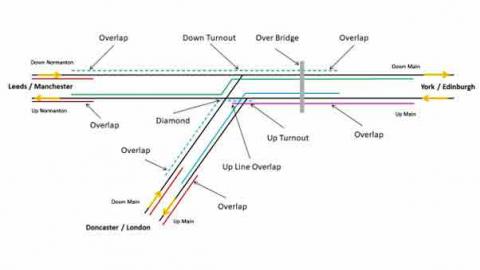
Colton Junction Design Layout
The IRR team has used THOMoS to validate the track designs for the western sections of TRU and is now completing work on the remainder of the route. This will help to ensure that commuters will soon experience faster Transpennine journeys without compromising on comfort.
Professor João Pombo, Associate Director of the IRR, said: "We are very pleased to be able to apply our specialised expertise to support the Transpennine Route Upgrade programme. This is a critical infrastructure project that will transform rail journeys across the North, and we are proud to be playing a role in making it happen."
David Lawrence, TRU’s Chief Engineer and Technical Director, commented: “The contact force modelling undertaken at Huddersfield has been of huge value to our delivery team, to Network Rail and ultimately the taxpayer. A conventional design approach was unsuccessful, so we were pleased to be able to draw on the expertise available at Huddersfield, positioned right at the heart of the Transpennine Route. The work has enabled us to produce a first-of-type design for tangentially wiring the 125mph double junction at Colton Junction, to achieve the best possible system, and avoid some very expensive alternatives.”
The Transpennine Route Upgrade is due to be completed in 2027. Once complete, it will provide a faster, more reliable and more sustainable rail service for passengers and freight across the North of England.
Photo Credit: University of Huddersfield



